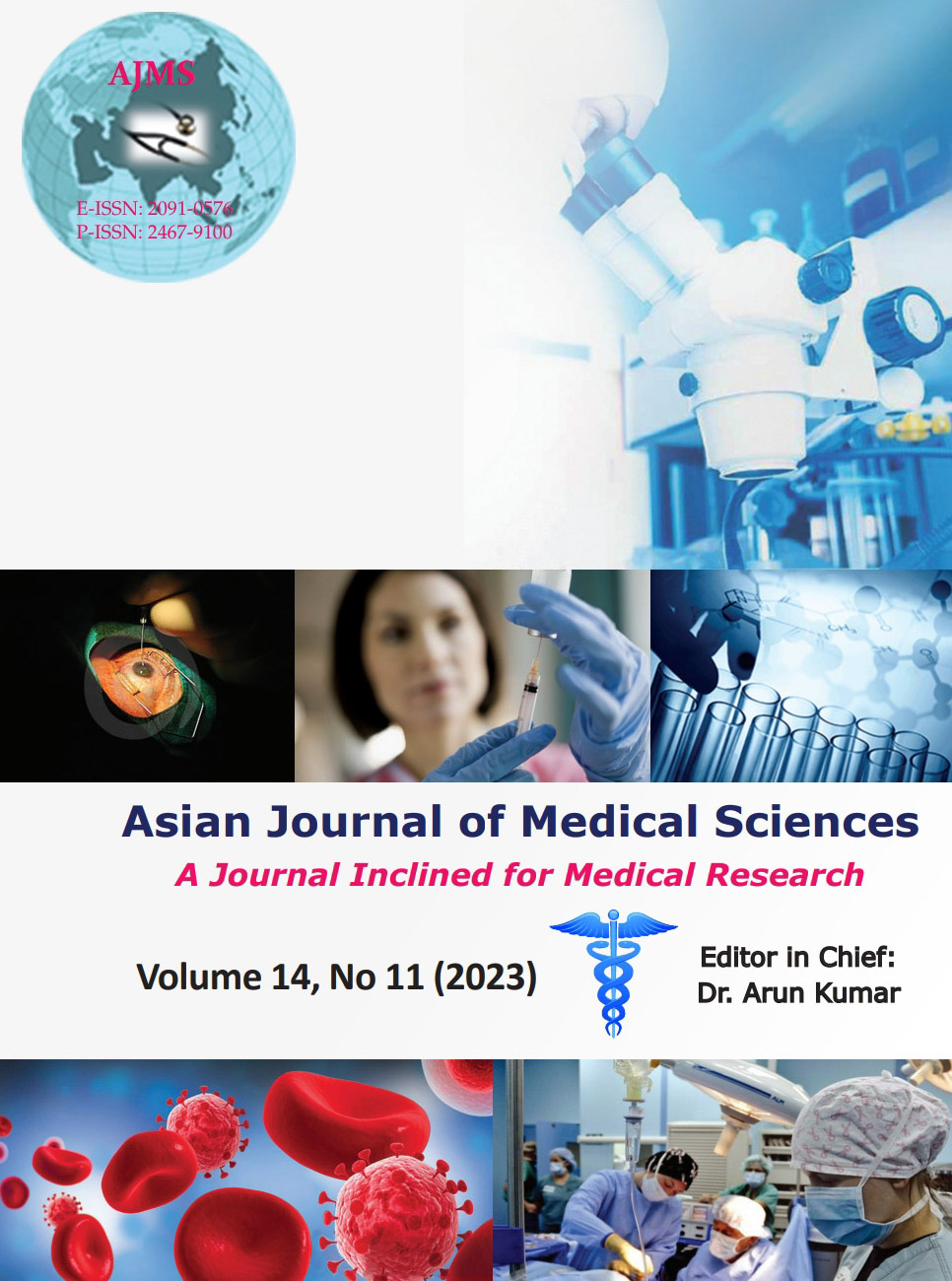Comparative study of laser versus open lateral internal sphincterotomy in the treatment of anal fissure
Keywords:
Incontinence; Anal fissure; Lateral internal sphincterotomyAbstract
Background: Anal fissure is a common proctological problem that causes anal pain during and after defecation. An anal fissure is a linear ulcer that presents at the anal verge. It is more common in females than males and can be seen either in the anterior or posterior midline, just distal to the dentate line.
Aims and Objectives: Comparison of Laser versus Open lateral internal sphincterotomy (LIS) in the treatment of anal fissures.
Materials and Methods: The study was conducted in 50 cases of Open LIS compared with 50 cases of laser LIS (LLIS) in patients admitted to the Department of Surgery, M.L.B. Medical College, Jhansi (UP), India, between January 2021 and June 2022.
Results: Out of 50 cases of open LIS, 10 patients presented with bleeding, 10 patients presented with hematoma/perianal swelling and 5 patients presented with pain as compared to 50 cases of LLIS, hematoma/perianal swelling (1 patient) and pain (2 patients) were found as an early post-operative complication. Mean hospital stay was 2.84±1.128 days in Open LIS as compared to 1.02±0.141 days in LLIS. The pain was presented in 1 patient as the only late post-operative complication in LLIS as compared to pain (25 patients), bleeding (10 patients), infection (2 patients), and flatus incontinence (1 patient) in Open LIS, at 2 weeks follow-up and recurrence in 1 patient in laser and in 3 patients in open LIS at 6 weeks follow up.
Conclusion: LLIS significantly reduces early postoperative complications such as postoperative pain, bleeding, and hematoma as compared to open LIS. The duration of hospital stay was significantly less in LLIS in comparison to open LIS. None of the patients presented with the flatus or stool incontinence who had undergone LLIS while in Open LIS, 12% of patients presented with flatus incontinence, and 2% of patients presented with stool incontinence during follow-up in 2–6 weeks.
Downloads
Downloads
Published
How to Cite
Issue
Section
License
Copyright (c) 2023 Asian Journal of Medical Sciences

This work is licensed under a Creative Commons Attribution-NonCommercial 4.0 International License.
Authors who publish with this journal agree to the following terms:
- The journal holds copyright and publishes the work under a Creative Commons CC-BY-NC license that permits use, distribution and reprduction in any medium, provided the original work is properly cited and is not used for commercial purposes. The journal should be recognised as the original publisher of this work.
- Authors are able to enter into separate, additional contractual arrangements for the non-exclusive distribution of the journal's published version of the work (e.g., post it to an institutional repository or publish it in a book), with an acknowledgement of its initial publication in this journal.
- Authors are permitted and encouraged to post their work online (e.g., in institutional repositories or on their website) prior to and during the submission process, as it can lead to productive exchanges, as well as earlier and greater citation of published work (See The Effect of Open Access).




